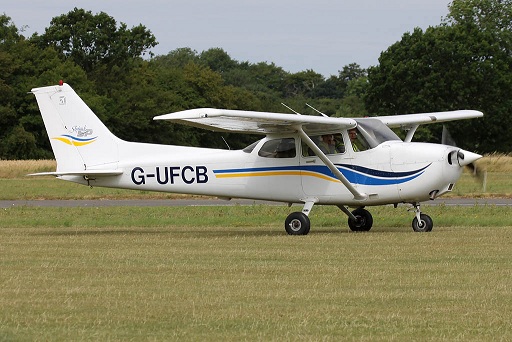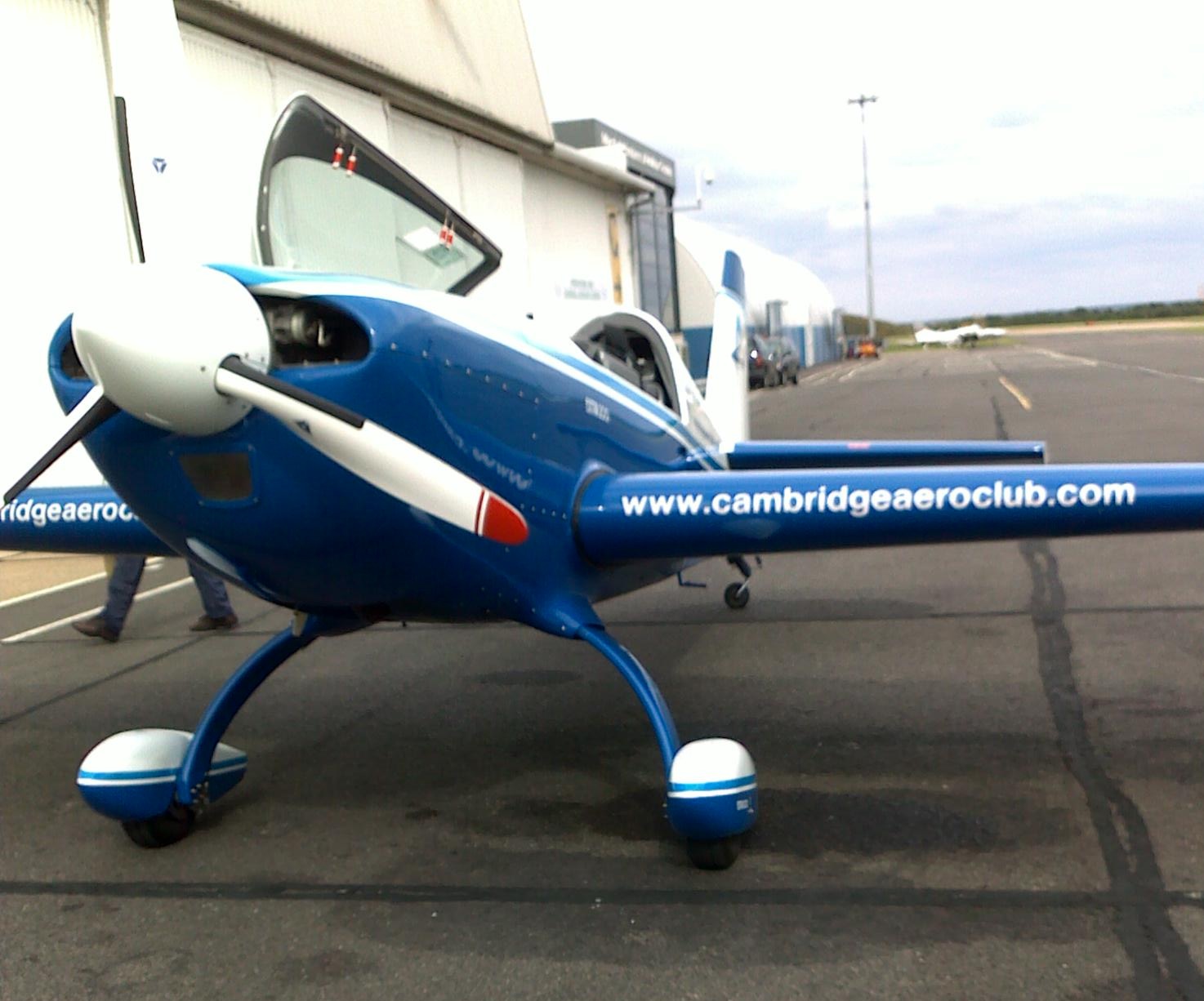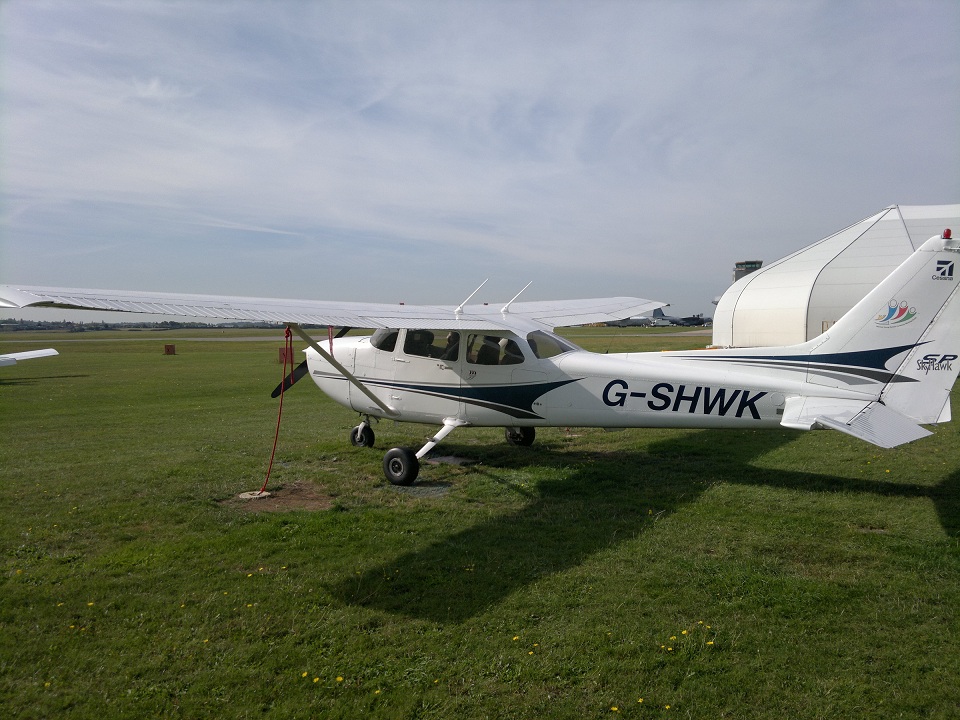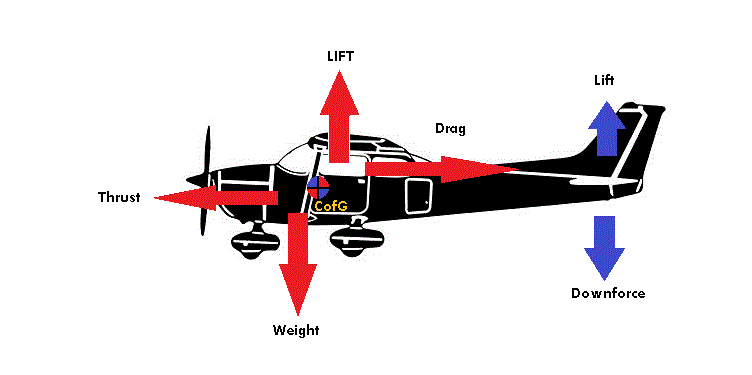Fly when the sun shines! It has been a particularly hot September, record breaking in fact, so this lesson was squeezed in as a spure of the moment “it’s going to be hot all week” reaction.
Consequently, I’d be flying with yet another instructor! I can remember looking forward to saying “I’ve flown in all the clubs planes….”. The concept of flying with all of their instructors, was not on my list of things to do – but seven lessons in, I’m nearly there (Flown with 5 – 3 to go).
This time I’d be flying with an ex-military & civil Test Pilot. So I was hopeful I’d come away from this lesson, feeling like I’d been pushed to my limits and the carrot of new and tempting things, had been waved before me.
Briefing
We went through why I wanted to fly, my background (normally ticks the general box to cover “Knows planes”) and then cracked on with the detail of how to climb and descend – properly.
Power, Attitude, Trim : Covers all but the leveling off case:
Climbing: Power (Full), Attitude (Maintaining 80 knots), Trim
Descending: Power (1500 RPM), Attitude (Maintain 90 knots), Trim
Leveling off: Attitude (Straight & Level), Power (2300 RPM), Trim.
On top of the Cruise Climb/Descents, we’d also be looking at a Glide Descent (Power to Idle) and Part 2 would focus on the same topic but with flaps.
Plane Checkout
Flying Golf Uniform Foxtrot Charlie Bravo (G-UFCB), today – the oldest of the clubs planes and the one that dislikes me the most…..it will not turn right with rudder properly, it won’t idle at 600RPM (splutters like it’s going to die) so you have to remember to ‘idle’ it at 1000 RPM.
All that said though, it does fly just fine.
Being a morning lesson I guess it’d just been tanked up because the fuel gauge said it was full and manually checked the tank it was indeed brimming with fuel! We were in no risk of running out, that’s for sure.
Taxi and Power Checks
Yay, the first lesson where I’ve not been pulled up on riding the brakes! I put a lot of mental effort into this lesson to only use them when really needed in turning (and brake tests!).
Unfortunately my power settings on the ground still aren’t cemented in my head. There isn’t that many settings to remember:
- 1000 RPM, first check of the magnetos
- 1200 RPM, whenever stopped.
- 600 RPM (Idle), before releasing the brakes.
- 1800 RPM, Power test into Wind and second check of Magnetos.
But some how I keep having to look back at where I am in the checklist, this is one of those small things to look forward to becoming instinctive.
Radio Read Back!
My radio calls were going so well, until today when I promptly read back every detail of our clearance to take off, except the: Clear for takeoff part! Still my instructor said I sounded confident with the radios, so I’ll take the positive out of this.
Some of the Items that must be read back to Air Traffic Service Unit:
- Runway in use
- Clearance for anything involving the runway (land/take-off, hold short of, enter etc.)
- Altimeter Settings
- Airways / Route Clearance
- Taxi instructions
- Any instruction with a requested read back
Take Off
There are two types of instructors in this world: One will take you through a perceived least risk path and those that conclude “You can’t go far wrong with me in the plane, so you go for it and if you screw it up – I’ll take over and sort it.”
If you’re spending this much cash, my advice is you want the latter…… In the UK the bill is roughly £3/min. As the chief flight instructor of the club once said to me: “You should enjoy it…….It’s a very expensive way of not enjoying yourself.”
To that end I was told I’d be doing the take off, my instructor would keep his hands on the controls and make sure nothing could get screwed up.
Putting full power on (this time in a more controlled motion of the throttle then just ‘wam! full power’), Charlie Bravo actually stays pretty straight – Oh I’m sure to experts watching from afar, it wasn’t the most pretty take off run, but I’ve had experts slam me and the plane into the runway before – so for my money, this was good for a second go.
65 Knots start pulling gently back and we’re airborne!
……and then we’re yawing left, waaaay more then I was expecting, in the excitement my brain takes far to long to connect the dots of pressing the right rudder, but it gets there and it’s soon sorted out.
Climbing and Descending
The sky is a sea of blue, there’s almost no wind, and there’s a huge horizon – this really is perfect flying conditions.
We climb to 3000ft before my instructor reminds of some of the points in the briefing and then we crack on to climbing to 4000ft, full power, keeping the airspeed at 80 knots. I trim the plane for the climb, but keep my hands on the controls almost for the sub-concious comfort of “I’m still flying it.”
At 3900ft I begin to level off, until the plane is sorted we’ll still be climbing so it’s important to pre-empt the final altitude to provide some ‘error time’ in which you can setup the plane for what you want it to be doing next, without it overshooting and then needing descend and mess about.
We fly 4000ft feet for a while, my hands still on the controls which is obviously noticed by my instructor who asks “What happens if you take your hands off the controls?” So I do…….Nothing, we continue to fly 4000ft straight and level, he seems pleased.
The view is just stunning, the one catch to learning to fly is that you’re learning to fly – you can’t really stop and take pictures (or spend that much time looking down).
No time for sightseeing, I set power to 1500RPM and control the decent to 3000ft @ 90knots, sometimes dropping to 85, but it’s close enough.
This task of climbing and descending is repeated a few times, no issues here, the numbers are in my head and I could do this all day.
Refining my Turns
My turning is ok, but this instructor suggests my use of rudder is lagging the turn action and it could be smoother if I could get use to putting the rudder on as I turn and predicting how much is needed – rather than as you realise the balance ball is showing the plane out of balance and then applying rudder (which makes the plane jolt).
The problem with prediction is you need experience to be able to do it well – no problem, he asks me to just start doing some fairly rapid banks left/right to 20 degrees of turn, ‘get a feel for how much rudder you need as you turn harder’.
It’s not why we’re up here, but it’s going to be useful practice for when we start the official turn lessons. Definitely got something out of this sub-lesson. I’ve said it before, the best lessons come from when your instructor works to what they can see you can/can’t do: Helps you refine the stuff that needs work and tempts you with glimpses of things you want to already be doing!
Glide Descent (A polite way of saying “falling out of the sky!”)
If the engine fails at altitude, your best option is a glide descent, aiming for the best endurance your plane can achieve – which comes at a certain airspeed for the plane you’re in.
Essentially a glide descent, is to take the engine to idle (~600RPM) and then trip up for an airspeed of 90 knots.
We did this and were descending at 500ft per minute.
The physics is obvious, you’re falling out of the sky at 500ft per minute, you are going to hit the ground if you don’t do something. The reality at least for a while though, is quite surreal:
At 4000ft, falling (gliding!) at 500ft per minute, it will take you 8 minutes to hit the ground……you can glide for 4 minutes and still be only at 2000ft, which would be a perfectly acceptable flying altitude, so you have some time to think and get yourself sorted – especially if you were to be gliding for your life.
If you get in planes and worry about what will happen if the engine fails, you should try this exercise with an instructor. At 4000ft with the engine at idle, you’ll feel almost as if you have all the time in the world.
Once down to 3000ft, we did another cruise climb and descent and then it was time to head back home.
Local Knowledge
For the very first time I actually felt like in my head I knew my orientation (just about!). In early lessons I felt lost from about 500ft up in the air, even though I should have known where in the city I was and which way we were pointing when we took off – the fact is so much is going on that orientating yourself goes out of the window very quickly in the early lessons.
Main roads really look so much less like main roads from 2000ft up, but this time I just about knew where I was and we could follow the A14 to home.
Landing
For a glorious sunshine day, this lesson landed in some fairly hard cross-winds, there was going to be no hope of getting to even come close to doing this one.
But I came away happy with the lesson, it was very cool and I’d fly with the instructor again any day.




